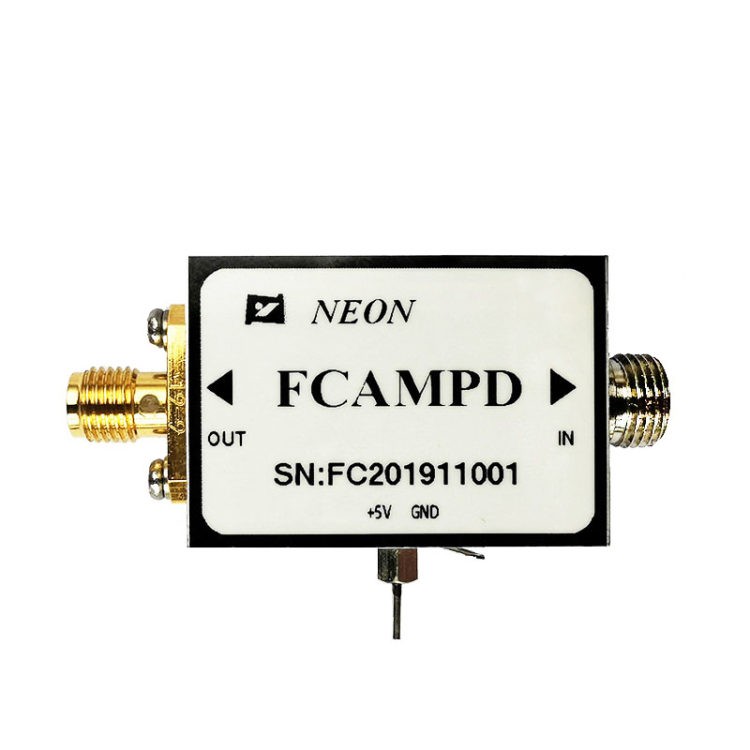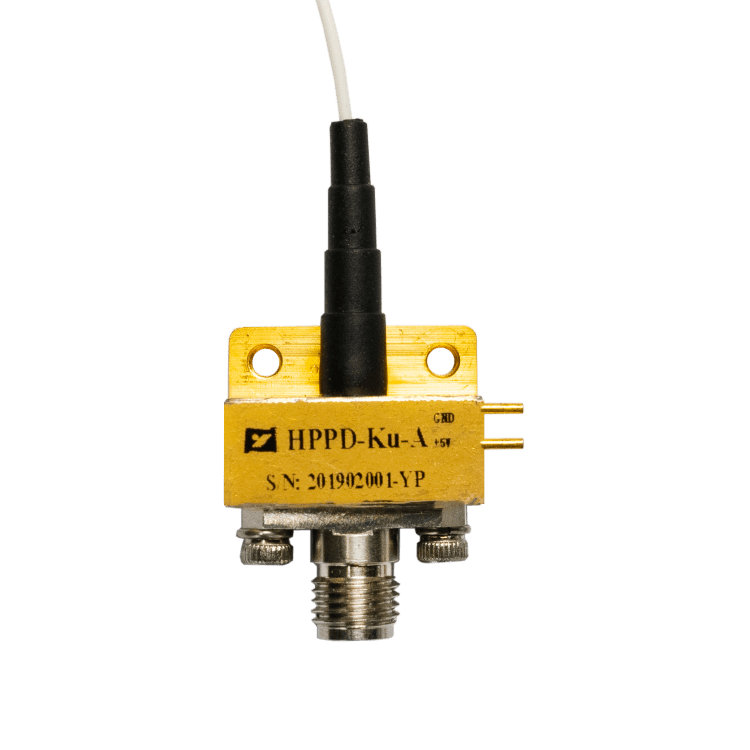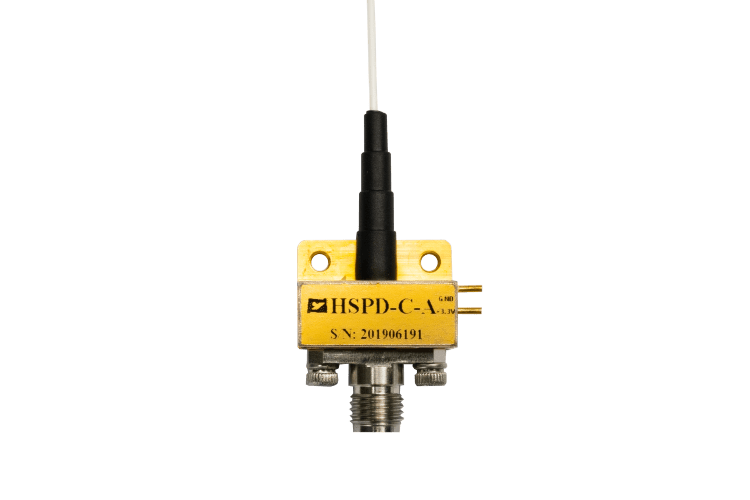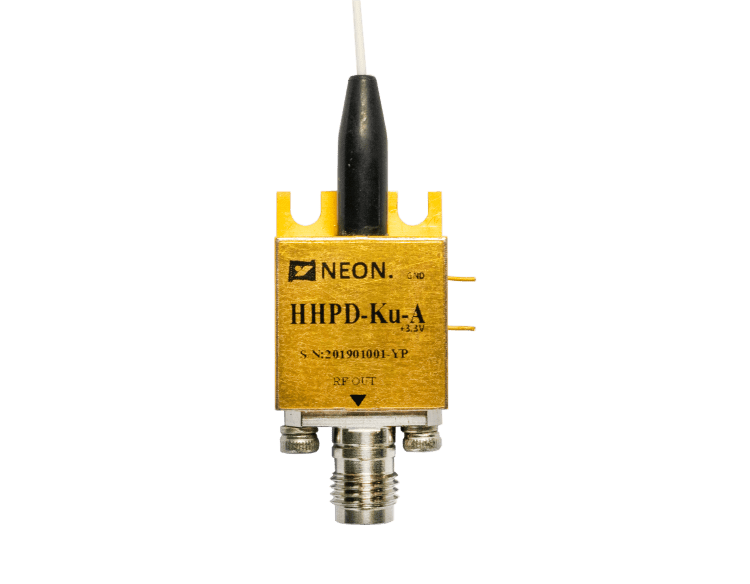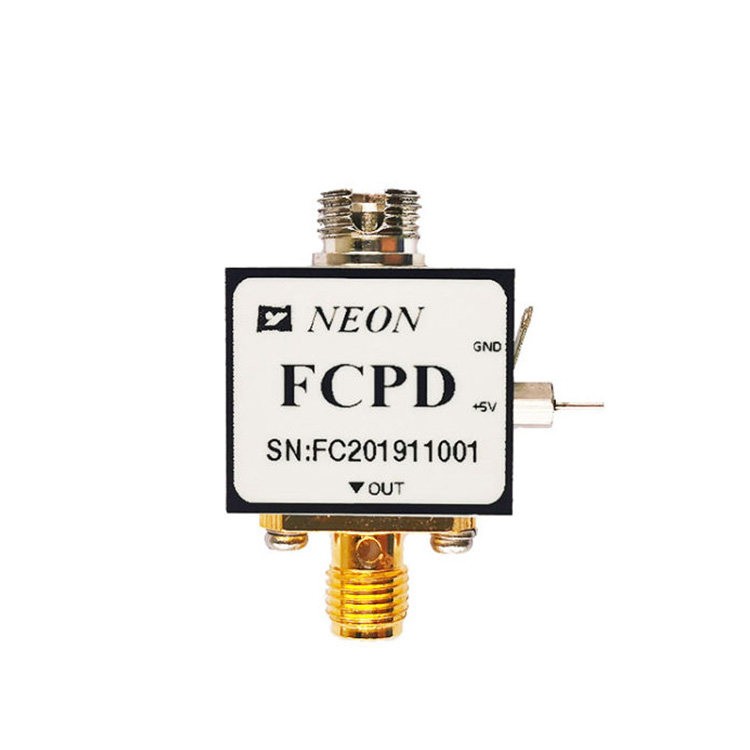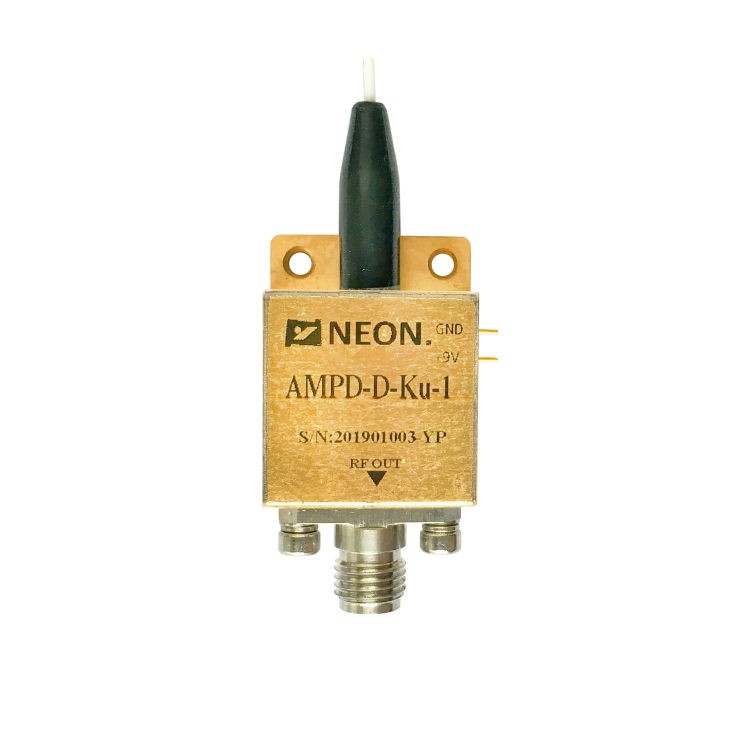Laser Photodetectors vs. Laser Photodiodes: Principles and Applications
At the forefront of modern optoelectronic technology, laser photodetectors and laser photodiodes stand out as two core devices, each showcasing their unique charm. A deep dive into their working principles and application areas not only unveils the inner workings of optoelectronic technology but also provides us with a comprehensive and profound perspective.
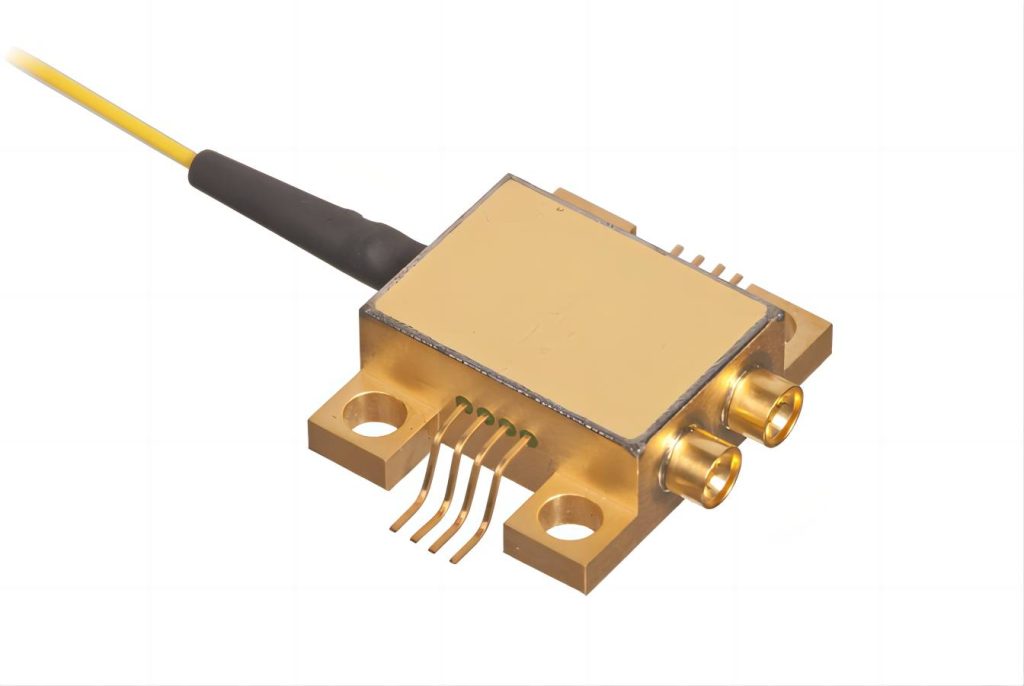
Inner Working Principles of Laser Photodetectors and Photodiodes
At the heart of both laser photodetectors and laser photodiodes lies the fundamental principle of the photoelectric effect. This phenomenon describes how light interacts with matter, causing the transfer of energy from photons to electrons. When light strikes the detector material, the photon’s energy excites an electron, propelling it from the valence band (its lower energy state) to the conduction band (a higher energy state). This creates a vacancy in the valence band, known as a hole. These free electrons and holes behave like charged particles and readily conduct electricity under the influence of an applied electric field, generating a measurable current.
This core principle manifests in distinct ways depending on the type of laser photodetector:
- Photoconductive Detectors: These detectors capitalize on the light-induced change in the conductivity of semiconductor materials. As light intensity increases, more electron-hole pairs are generated, enhancing the material’s conductivity and leading to a stronger current.
- Photoemissive Detectors: Here, light triggers the emission of electrons from the material altogether. These ejected electrons can then be collected to generate a current or even used to create a secondary light signal.
- PIN-type Detectors: Combining P-type and N-type semiconductors creates a depletion region with an inherent electric field. Incoming light generates electron-hole pairs within this region, which are promptly swept away by the electric field, resulting in a fast and efficient current response.
- Avalanche Detectors: Building upon the concept of the depletion region, avalanche detectors introduce a high electric field that accelerates the generated electrons. These high-speed electrons collide with other atoms within the material, creating even more electron-hole pairs. This avalanche multiplication effect significantly amplifies the current, making it ideal for detecting very weak light signals.
Laser photodiodes, on the other hand, leverage the unique properties of a PN junction. This junction forms a built-in electric field at the interface between the P and N regions of the semiconductor. When light strikes the junction, electron-hole pairs are generated. The electric field promptly separates these pairs, pushing electrons towards the N region and holes towards the P region. This movement of charges constitutes a photocurrent, enabling the photodiode to convert light into an electrical signal. The specific design and materials used in laser photodiodes contribute to their high sensitivity and fast response times, making them particularly adept at handling low-light conditions and high-speed light signal detection.
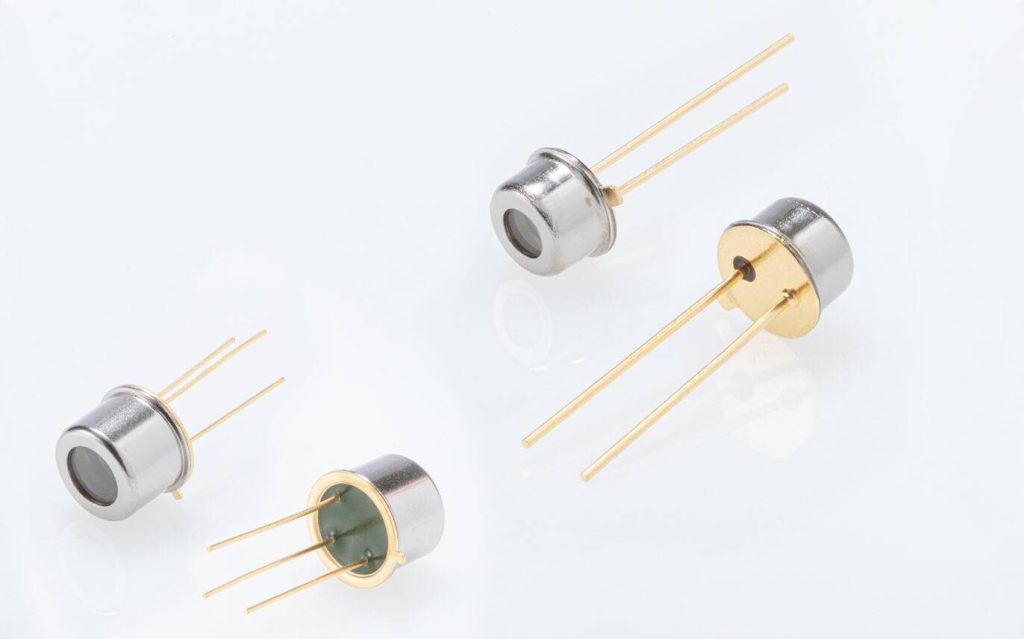
Applications of Laser Photodetectors and Photodiodes
Both laser photodetectors and laser photodiodes play crucial roles in a vast array of applications, but their strengths often lie in different areas.
1. Laser Photodetectors
The broad wavelength range and high sensitivity of laser photodetectors make them the go-to choice for a wide variety of tasks. They are the workhorses of the optoelectronic world, powering advancements in:
- Communications: Laser photodetectors form the backbone of modern communication systems. They efficiently transmit and receive optical signals, enabling high-speed data transfer over long distances.
- Environmental Monitoring: These detectors act as vigilant guardians of our environment, enabling real-time monitoring of air and water quality. This allows for timely detection and mitigation of pollution.
- Medical Imaging: Laser photodetectors play a vital role in medical diagnostics. They help physicians visualize internal tissues, leading to more accurate diagnoses and improved patient care.
- Industrial Automation and Security: In factories and security systems, laser photodetectors ensure smooth operation and safety. They can detect the presence or absence of objects, ensuring proper functioning of machinery and triggering alarms when necessary.
2. Laser Photodiodes
Laser photodiodes excel in applications demanding exceptional speed and sensitivity. Their unique design allows them to shine in areas such as:
- Scientific Research: Laser photodiodes are instrumental in scientific experiments across various disciplines. They enable researchers to precisely measure light signals, providing valuable data for analysis.
- Spectral Analysis: These detectors are crucial for identifying the composition and concentration of materials. They achieve this by measuring the absorption or emission spectra of substances.
- Nuclear Physics Research: Laser photodiodes play a vital role in nuclear physics research by detecting radiation emitted by radioactive materials. This helps scientists understand the behavior of atomic nuclei.
- Emerging Technologies: Laser photodiodes are at the forefront of cutting-edge technologies like laser radar (LiDAR) and advanced optical communication systems. LiDAR utilizes these detectors to create high-resolution 3D maps of surroundings, crucial for autonomous vehicles and other applications.
In essence, laser photodetectors offer versatility and broad applicability, while laser photodiodes prioritize speed and exceptional sensitivity. Understanding their distinct strengths empowers researchers and engineers to select the most suitable tool for their specific needs.
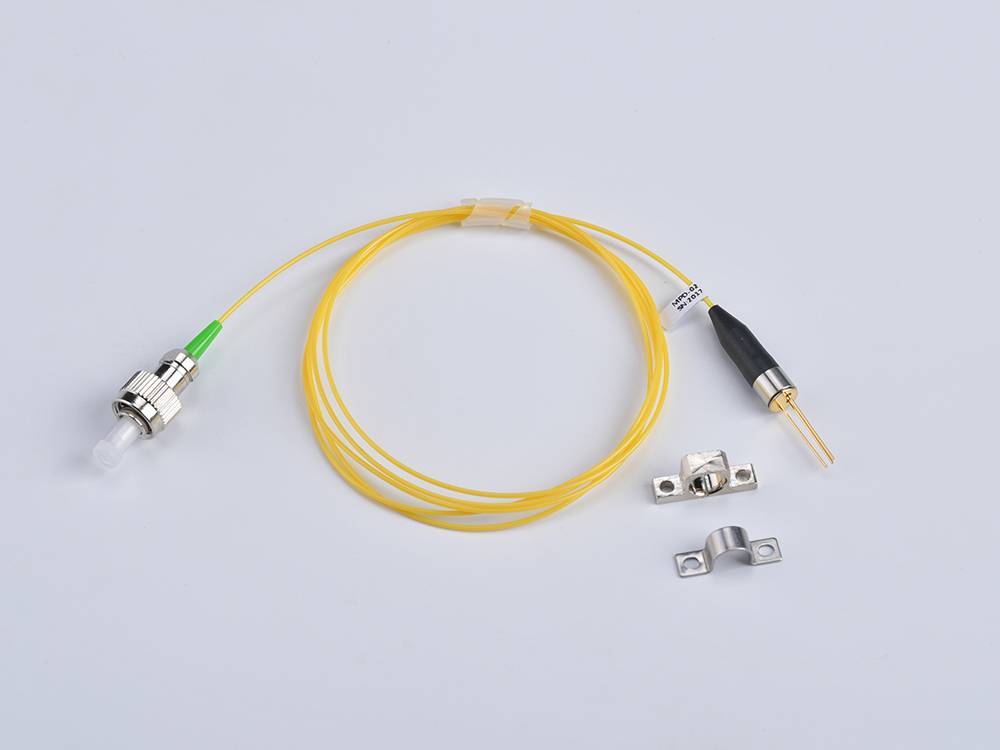
How to Choose the Right Laser Photodetector?
1. Define Application Requirements
When choosing a laser photodetector, it is first necessary to define your application requirements. This includes but is not limited to the detection wavelength range, light signal intensity, response speed, dynamic range, etc. For example, if the light to be detected is ultraviolet light, then a detector with high sensitivity to ultraviolet light should be selected; if the light signal to be detected is weak, then a high-sensitivity detector should be selected. By clearly defining your application requirements, you can narrow down the selection range and make it easier to find a suitable detector.
2. Understand Detector Performance Metrics
Beyond application needs, it’s crucial to understand the key performance metrics of photodetectors. These include, but are not limited to:
- Sensitivity: This determines the detector’s ability to detect weak light signals. Higher sensitivity is better for low-light applications.
- Responsivity: This relates the output current of the detector to the incoming light intensity.
- Response speed: This indicates how quickly the detector can respond to changes in light intensity. Faster response times are necessary for high-speed signal detection.
- Dynamic range: This represents the range of light intensities the detector can accurately measure. A wider dynamic range is desirable for applications with varying light levels.
- Noise equivalent power (NEP): This metric combines sensitivity and bandwidth to represent the minimum detectable optical power. Lower NEP signifies better detector performance in low-light conditions.
By understanding these metrics and how they relate to your specific needs, you can effectively evaluate different detector options.
3. Consider Physical Size and Installation Environment
The physical size and installation environment of the detector are also important selection factors. For instance:
- Size: In applications with limited space, a smaller, more easily integrated detector might be necessary.
- Environmental factors: Harsh environments might require detectors with features like high temperature resistance or corrosion resistance.
Considering these factors ensures the chosen detector can function effectively in its intended environment.
4. Budget and Cost-Effectiveness Analysis
Budget is a significant consideration when selecting a detector. It’s essential to conduct a cost-benefit analysis to find the product with the best value for your needs. While high-performance detectors offer superior capabilities, they often come with a higher price tag. Conversely, lower-cost options might lack the necessary performance for your application. Striking a balance between budget and required performance is key.
5. Supplier Technical Support and Service
Choosing a supplier with excellent technical support and after-sales service ensures you receive necessary assistance during operation. A good supplier should provide detailed product information, technical guidance, and timely after-sales support. This minimizes usage risks and enhances work efficiency.
By carefully considering these 5 aspects, you can comprehensively evaluate and select the most suitable laser photodetector for your specific application. Remember that practical situations might require flexibility and adjustments to your selection strategy. Ultimately, choosing the right detector requires a holistic approach that considers all relevant factors to ensure optimal performance and cost-effectiveness for your needs.
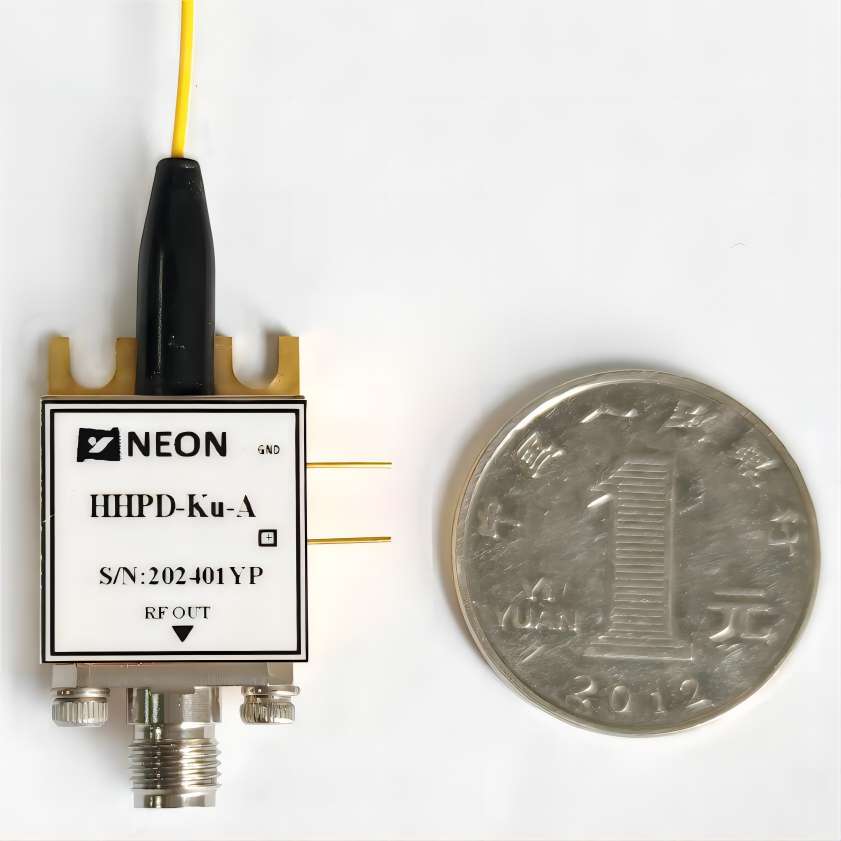
In conclusion, laser photodetectors and laser photodiodes are fundamental devices driving advancements in optoelectronic technology. Their diverse working principles and extensive application areas highlight their crucial role in various fields. As we delve deeper into the world of photodetectors, understanding how to choose the right one becomes paramount. By clearly defining your application requirements, meticulously examining detector performance metrics, considering physical size and environment, conducting cost-benefit analysis, and staying informed about future trends, you can make an informed decision and select the laser photodetector that perfectly aligns with your specific needs. This comprehensive approach ensures that the chosen detector delivers optimal performance and cost-effectiveness, propelling your projects and research endeavors forward. Remember, the future of optoelectronic technology is brimming with possibilities, and selecting the right photodetector today paves the way for the seamless integration of future advancements.


